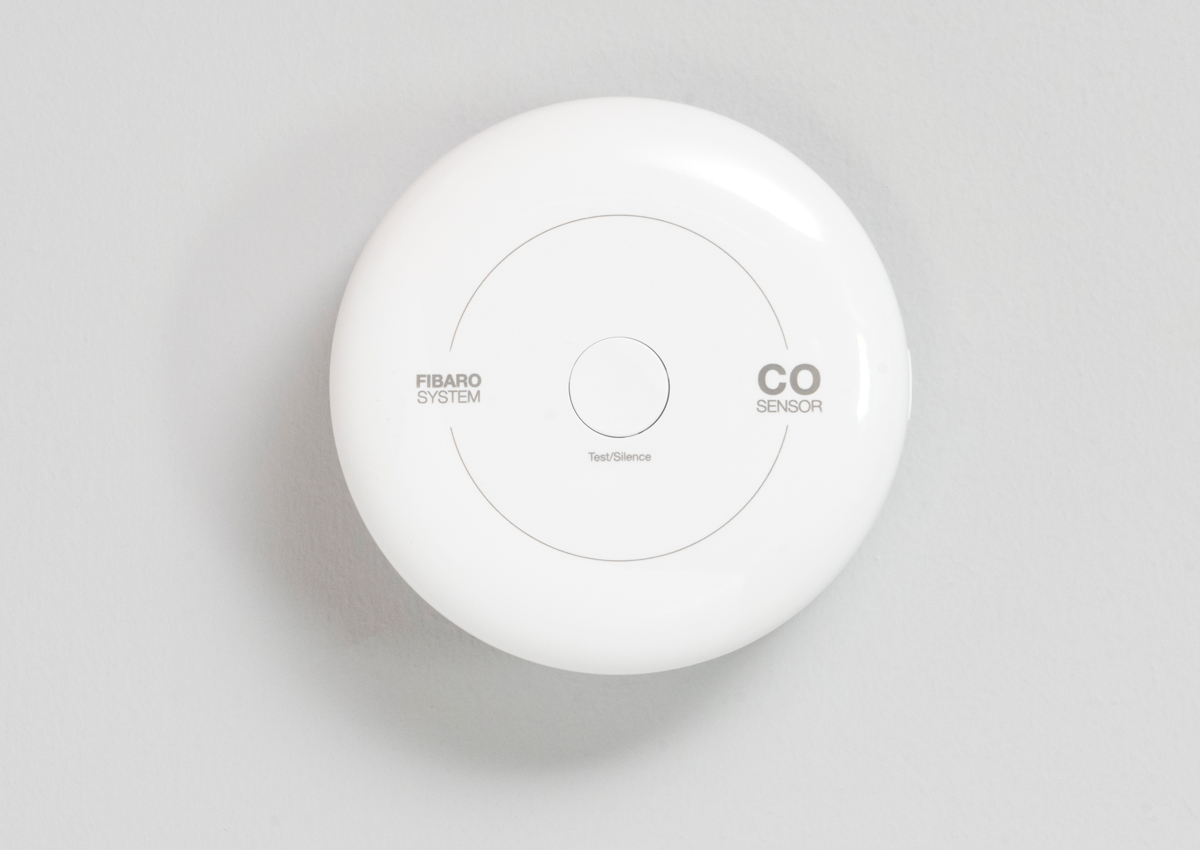Legal specifications for installing a CO sensor
In the UK, the law requires the installation of carbon monoxide (CO) alarms in all new and rented residential properties where solid fuel appliances are installed, such as wood burners or open fires. This requirement is outlined in the Building Regulations and is enforced by local authorities.
In October 2022, the requirements for landlords and social housing expanded to legislate the need for a carbon monoxide detector in any room with a fuel burning appliance. Failure to adhere to this can result in penalties of up to £5000.
The exact requirements for installation may vary depending on the specific property and type of fuel-burning appliance, but some general guidelines are:
- The CO alarm should be installed in the same room as the fuel-burning appliance, or in a room adjacent to it.
- The CO alarm should be positioned at a height of between one and three meters above the floor.
- The CO alarm should be fixed to the ceiling or high up on a wall, as CO is slightly lighter than air and will rise.
- The CO alarm should be installed in accordance with the manufacturer’s instructions.
- The CO alarm should be tested regularly to ensure that it is working properly.
It is also recommended that all households have at least one CO alarm installed, even if they do not have solid fuel appliances, as CO can be generated by other sources such as gas boilers and cookers. The CO alarm should be certified to British or European Standards, and it is important to ensure that it is regularly maintained and replaced as necessary.

